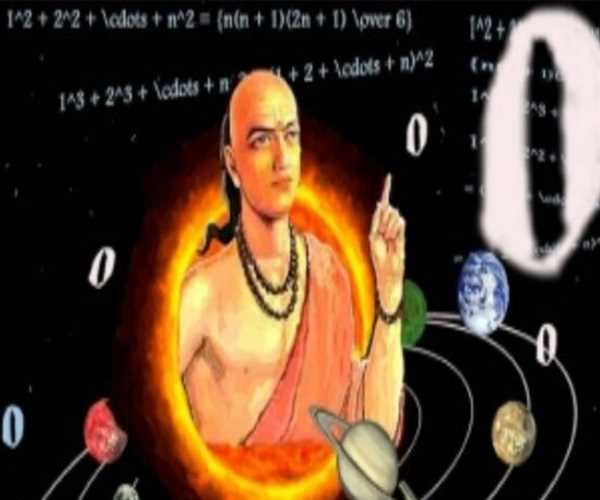Search here

27-May-2024 , Updated on 5/27/2024 10:14:17 PM
Bhaskaracharya was the first to discover gravity
We all remember the story of Sir Issac Newton and the falling apple as the birth of science. But what if there is more to the narrative of gravity's discovery? Now introduce Bhaskaracharya, an Indian mathematician and astronomer who flourished centuries before Newton and whose research illuminates an intriguingly different viewpoint.
Bhaskaracharya: An Intense Learner Prior Before His Time
India's 12th-century Bhaskaracharya, popularly called Bhaskara II, was a prosperous period. He was a genuine polymath who made important advances in physics, astronomy, and mathematics. Among his most well-known compositions are the astronomy compendium Siddhanta Shiromani, the algebraic Bijaganita, and the arithmetic Lilavati.
The Theory of Bhaskaracharya: An Alternative View of Gravitation
Though Bhaskaracharya may not have used Newton's terminology to explain gravity, his works certainly discuss a concept that is strikingly comparable. He presents the Earth as spherical and suggests that all objects on or near the Earth are drawn towards its center in his book, the Siddhanta Shiromani. His term for this gravitational pull was "gurutvakarshanam," which means "gravity-attraction."
Important Distinctions Between Newton's and Bhaskaracharya's Theories
Bhaskaracharya provided a qualitative explanation of the attraction force devoid of a mathematical formula. On the other hand, the force of gravity between any two objects can be quantitatively calculated according to Newton's law of universal gravitation.
The main idea of Bhaskaracharya's thought was the attraction of terrestrial objects to Earth. In contrast, Newton's theory explains a universal force that controls the attraction between all objects, including celestial bodies, that have mass.
The Significance of Work Done by Bhaskaracharya
Notwithstanding these variations, Bhaskaracharya's theory of gravity is extremely important. His research shows that before Newton, people understood that there existed an attractive pull between objects and the Earth.
The theories of Bhaskaracharya demonstrate the scientific legacy of ancient India and its contributions to our comprehension of the natural world. His contributions most likely served as a springboard for further developments in science and a deeper comprehension of gravity.
An Expanded Perspective on Scientific Findings
The history of gravity is one of progressive human understanding rather than a single flash of insight. This story is further enhanced by Bhaskaracharya's work, which serves as a reminder that scientific discovery is frequently the result of interdisciplinary collaboration between researchers from various historical and geographical contexts.
Beyond Gravity: The Lasting Influence of Bhaskaracharya
The impact of Bhaskaracharya goes far beyond his theory of gravity. He introduced the idea of the cyclic method, which is akin to contemporary techniques for solving indeterminate equations, and made substantial contributions to algebra. His astronomical research produced precise formulas for determining eclipses and planetary placements. His writings were translated into Arabic and then Latin, affecting astronomers and mathematicians in Europe.
Conclusion
The life of Bhaskaracharya serves as a reminder that scientific advancement does not occur in a straight line from one ground-breaking hypothesis to the next. It's a multi-thread tapestry that enhances our comprehension in many ways. By recognising Bhaskaracharya's contributions in addition to Newton's, we are able to have a more complete understanding of humanity's efforts to solve the universe's riddles. Thus, the next time you hear about gravity, keep in mind the tale of the Indian scholar who, centuries before the apple fell, thought about the Earth's attractive power.

CONTENT WRITER
Writing is my thing. I enjoy crafting blog posts, articles, and marketing materials that connect with readers. I want to entertain and leave a mark with every piece I create. Teaching English complements my writing work. It helps me understand language better and reach diverse audiences. I love empowering others to communicate confidently.
Join Our Newsletter
Subscribe to our newsletter to receive emails about new views posts, releases and updates.
Copyright 2010 - 2025 MindStick Software Pvt. Ltd. All Rights Reserved Privacy Policy | Terms & Conditions | Cookie Policy